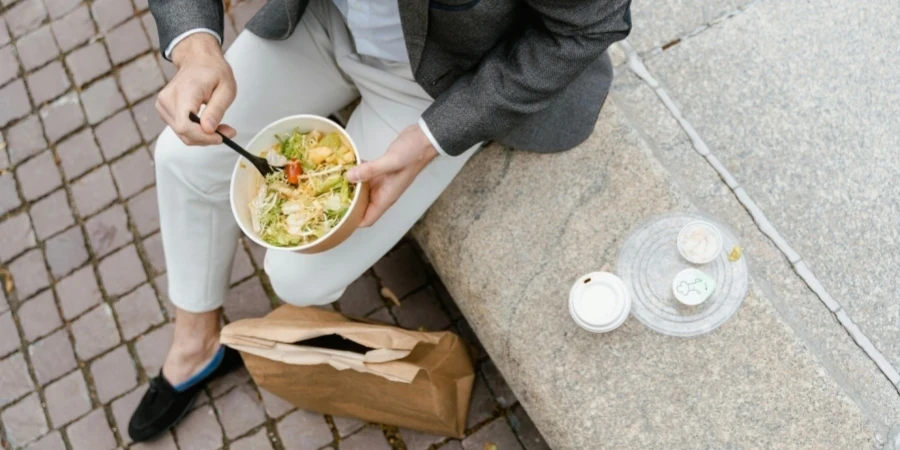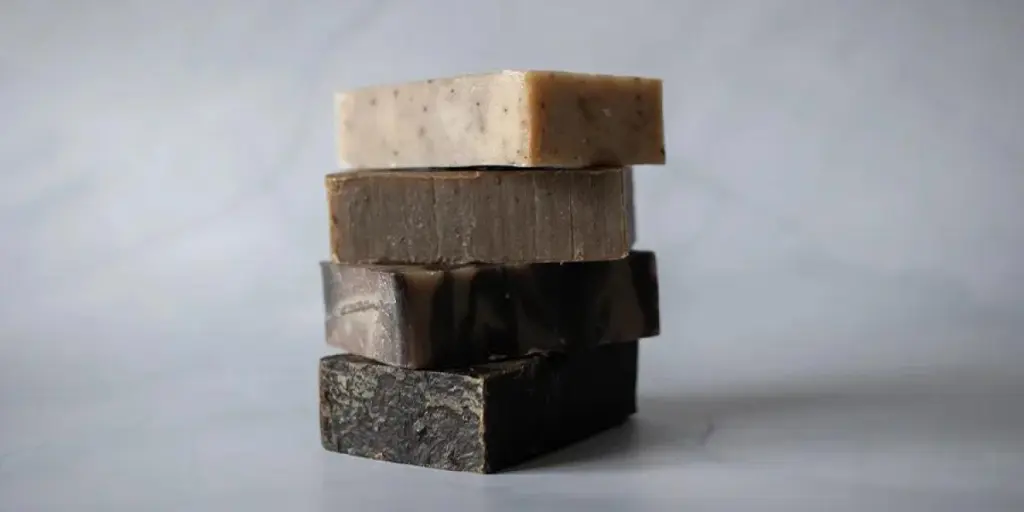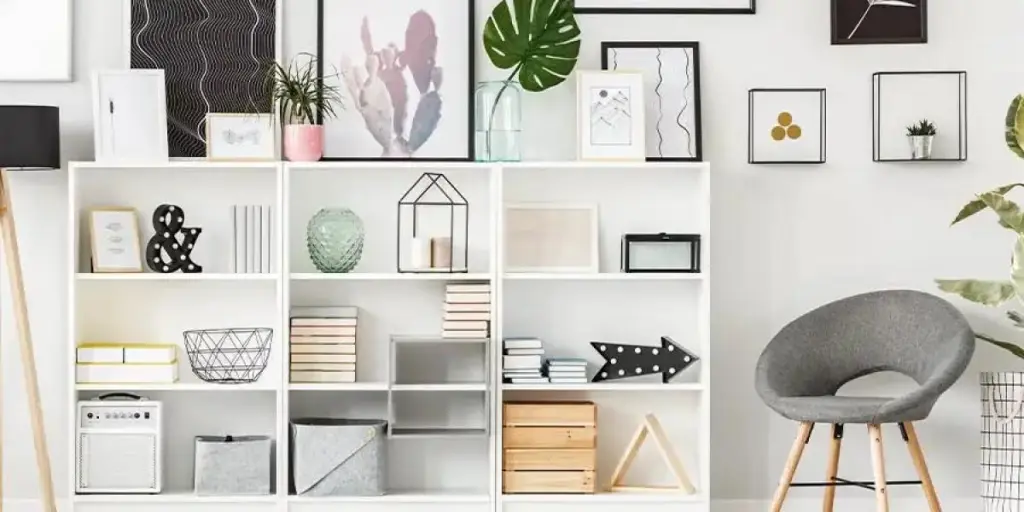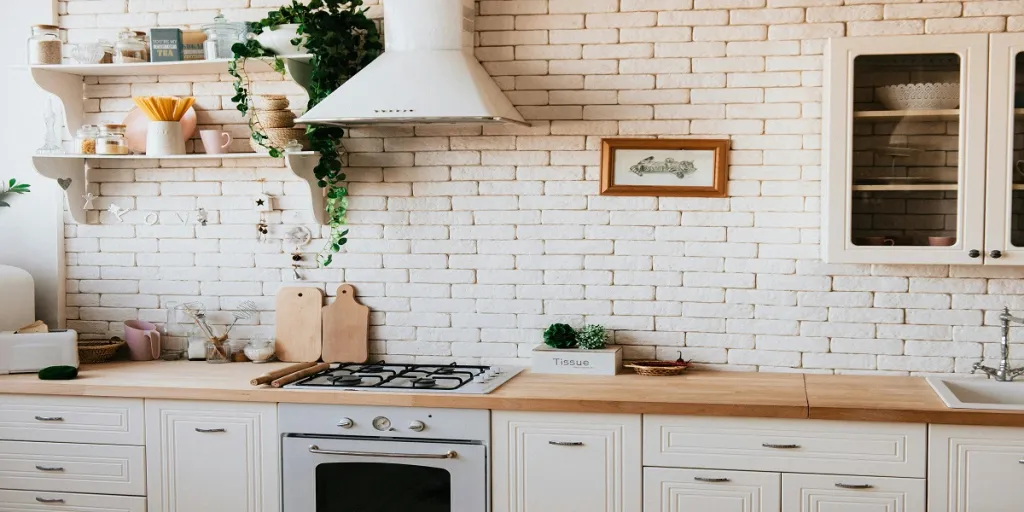Disposable bowls have surged in popularity as businesses prioritize convenience, eco-friendliness, and customer satisfaction in food service. With a shift toward sustainable materials like compostable bamboo and sugarcane, these bowls cater to the growing demand for environmentally conscious choices without compromising durability. As market trends reveal steady growth and increasing regional demand, understanding product types and features is essential for making informed purchasing decisions. For professionals in the food and catering industries, selecting the right disposable bowl type can improve operations and brand appeal. This article provides insights into the latest market dynamics and practical tips for selecting quality, purpose-fit disposable bowls.
Table of Contents
● Market overview: growth, trends, and industry insights
● Exploring the types of disposable bowls and their unique features
● Key factors to consider when choosing disposable bowls
● Conclusion
Market overview: growth, trends, and industry insights

Market scale and growth projections
The disposable tableware market is experiencing consistent growth, with a market valuation of $14 billion in 2023 and an expected compound annual growth rate (CAGR) of 5% through 2032, according to Global Market Insights. This expansion reflects a growing global preference for convenience, particularly in single-use products that accommodate busy lifestyles and on-the-go dining trends. By 2032, market projections aim to reach $22 billion, driven by the rising demand for efficient and hygienic solutions in food service. Disposable bowls, as a key segment within this market, play a vital role in meeting the needs of commercial establishments, especially those looking to reduce cleanup times while accommodating high customer turnover.
Regional market insights
North America dominates the disposable tableware market, accounting for approximately 19% of global revenue in 2023. According to Global Market Insights, factors like urbanization and the trend toward smaller living spaces in regions like the United States and Canada drive demand for disposable tableware as consumers prioritize convenience and space-saving solutions. The region’s growing inclination toward eco-friendly options is evident, as businesses seek sustainable solutions to align with both consumer preferences and stricter environmental regulations. Additionally, the surge in food delivery services has further fueled demand for disposable products that are easy to transport and dispose of, reinforcing the reliance on disposable bowls in both the residential and commercial sectors.
Rising demand for eco-friendly options and competitive landscape
Compostable and recyclable materials such as bioplastics, bamboo, and sugarcane pulp are quickly gaining traction, as noted by Solia USA and EcoSoul Home. These materials meet increasing regulatory requirements and align with consumer expectations for sustainable options, as many countries move toward banning single-use plastics. However, manufacturers face challenges in producing these eco-friendly alternatives, primarily due to the higher production costs of sustainable materials. This price sensitivity intensifies market competition, making it crucial for businesses to balance cost with sustainability to attract environmentally conscious consumers without overextending budgets.
Exploring the types of disposable bowls and their unique features
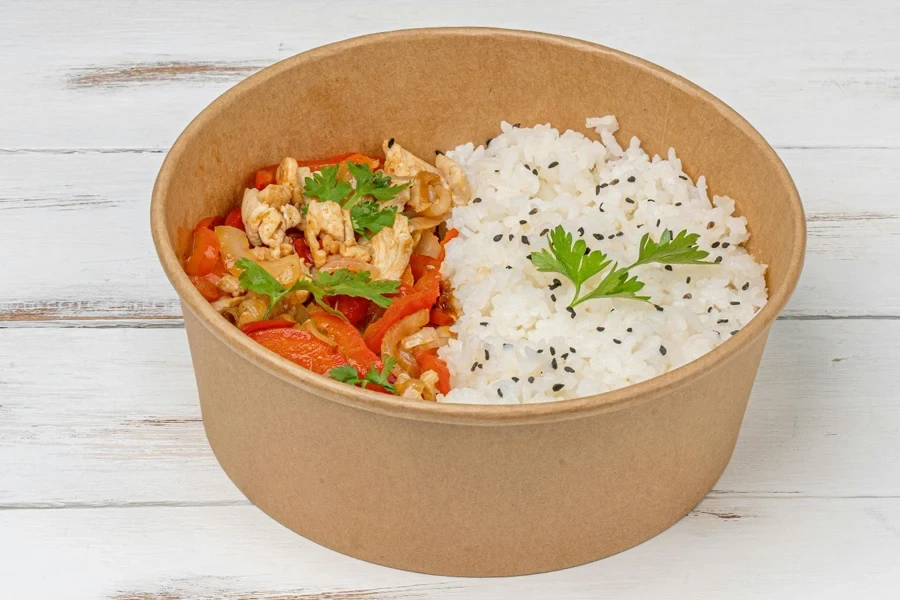
Paper bowls: cost-effective and versatile
Paper bowls are crafted primarily from renewable wood pulp fibers, typically reinforced with a thin coating of either polyethylene (PE) or polylactic acid (PLA). PE-coated bowls are common for cold foods, while PLA, a compostable bioplastic derived from corn starch, is used for hot items, offering leak resistance without environmental drawbacks. These bowls are available in sizes from 500 ml to 1300 ml, with diameters ranging between 150 mm and 185 mm to suit everything from individual servings to family-sized portions. Their structure supports heat retention up to 80°C (176°F), making them suitable for warm items without compromising integrity or safety.
Compostable bowls: the eco-friendly choice
Compostable bowls, typically made from sugarcane bagasse or naturally fallen palm leaves, possess robust physical properties suitable for hot, moist, or oily foods. Sugarcane bagasse bowls, for example, are resistant to water and grease due to their fiber structure, which can handle temperatures from 10°F (-12°C) to 428°F (220°C), making them microwave-safe and ideal for both hot and cold applications. Palm leaf bowls, with natural variations in thickness, provide high resistance to bending and cracking, allowing them to serve as compostable and backyard-degradable options within 30 to 90 days, depending on disposal conditions. Both materials avoid the use of synthetic liners or harmful additives, appealing to food service settings that prioritize sustainable, toxin-free solutions.
Bamboo and palm leaf bowls: durable and natural aesthetics
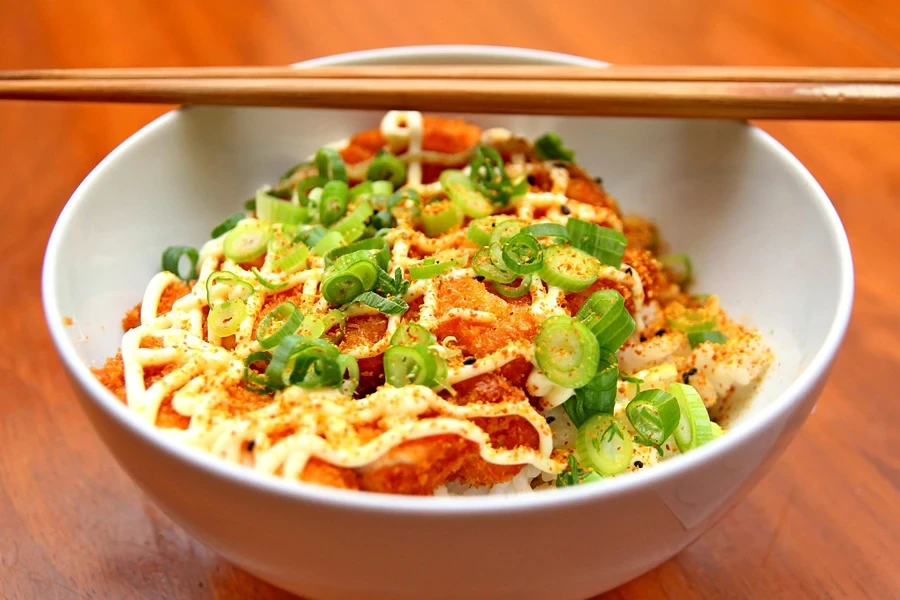
Bamboo and palm leaf bowls cater to businesses seeking both a premium aesthetic and performance under varied temperature conditions. Bamboo bowls are processed under heat and pressure to ensure longevity and can withstand temperatures up to 250°F (121°C), making them oven- and microwave-safe. Palm leaf bowls undergo minimal processing to retain a natural texture, providing high rigidity and crack resistance for outdoor or catered events. The structure of palm leaf fibers also supports absorption of minimal moisture, ensuring the bowls do not warp or soften over time. Both bamboo and palm options are rich in cellulose and lignin, which enhance durability, allowing these bowls to hold heavier foods and stand up to rigorous handling.
Plastic and eco-plastic bowls: versatile but evolving
Traditional plastic bowls, typically made from polypropylene (PP), withstand high temperatures and can hold boiling liquids up to 100°C (212°F) without warping. Newer eco-plastics, such as those derived from polyethylene terephthalate (PET) and polybutylene succinate (PBS), offer enhanced recyclability and biodegradability without sacrificing strength or heat tolerance. These materials can be repeatedly recycled or composted in industrial settings, making them attractive alternatives where durability is essential but environmental impact must be minimized. PP and PET bowls are also UV-resistant, which helps maintain product integrity for extended storage or outdoor use. For food services that require disposable bowls to handle high volumes and rapid turnover, these eco-plastics provide a balance of resilience, recyclability, and heat endurance.
Key factors to consider when choosing disposable bowls
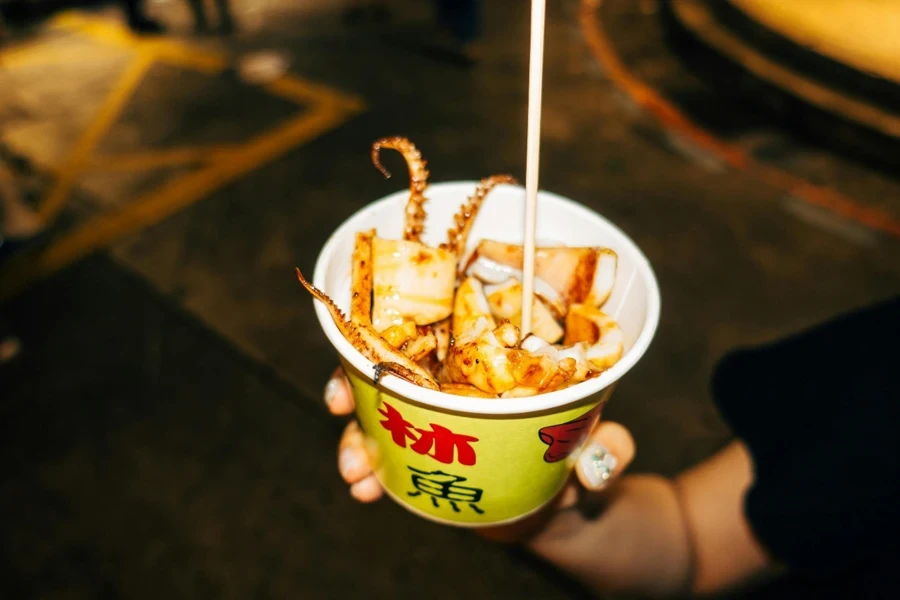
Material suitability for food type
Selecting the correct material for disposable bowls involves assessing food consistency and temperature requirements. For hot, liquid-based dishes like soups, materials like sugarcane bagasse or bamboo are recommended due to their heat tolerance and leak resistance. These materials provide a reliable barrier against high temperatures without warping or softening, supporting use with soups and sauces up to 200°F (93°C). In contrast, cold dishes such as salads or desserts pair well with PLA-lined paper bowls that offer a moisture-resistant coating for cold items while maintaining an eco-friendly profile. Sturdier materials like palm leaf or compostable plastics are ideal for mixed textures or heavier food items, providing structural stability for dishes that require more support.
Bowl size and portion flexibility
Proper bowl sizing is essential for portion control, ensuring customers receive the right amount of food while minimizing waste. For smaller servings, such as appetizers or desserts, 500 ml bowls are often appropriate, providing just the right size for individual portions of soups or ice cream. For full meals, sizes like 750 ml or 1000 ml are more suitable, as they can comfortably hold main course servings without overflow. Offering a range of sizes not only accommodates varied menu items but also allows for tiered pricing, enabling businesses to appeal to a broader customer base. By aligning bowl size with portioning needs, food service providers can manage portion consistency while enhancing customer satisfaction.
Eco-certifications and compostability
Ensuring that disposable bowls are eco-certified helps avoid misleading claims and supports sustainability goals. USDA and BPI compostability certifications verify that materials meet specific biodegradability standards, ensuring products break down fully within a set timeframe under composting conditions. It’s essential to differentiate between industrial and backyard compostable options. Industrial compostables, typically made from materials like PLA and PBS, require commercial composting facilities with high temperatures to decompose effectively, while backyard compostables, such as sugarcane and palm leaf products, can break down in natural compost piles at home. Businesses should verify that the products they select align with regional composting infrastructure, helping customers responsibly dispose of the bowls.
Cost-effectiveness for bulk purchases
Bulk purchasing of sustainable disposable bowls offers potential cost savings but requires careful consideration of the material’s long-term availability and price fluctuations. While traditional plastics often come at a lower price point, eco-friendly options like bamboo or sugarcane can be more cost-effective when purchased in large quantities, due to discounts that suppliers often offer for bulk orders. Sustainable materials might have higher initial costs, but when purchased in bulk, they present a lower cost-per-unit and help businesses align with eco-conscious branding, which is becoming increasingly important to consumers. Evaluating suppliers’ capacity to meet large orders consistently is also critical, ensuring there are no interruptions to inventory.
Branding and customization opportunities
Custom-printing disposable bowls with branding elements, such as logos or unique designs, is an effective way to boost brand visibility, especially for takeout and catering services. Many compostable options, including PLA-lined paper and bamboo, allow for food-safe ink printing, enabling businesses to display branding without compromising the bowl’s compostability. Eye-catching designs on bowls can reinforce a brand’s identity, turning disposable items into a marketing asset that resonates with customers beyond their immediate use. Customization options also allow businesses to create themed or seasonal designs, catering to events or special promotions that add to the dining experience and strengthen brand recall.
Conclusion
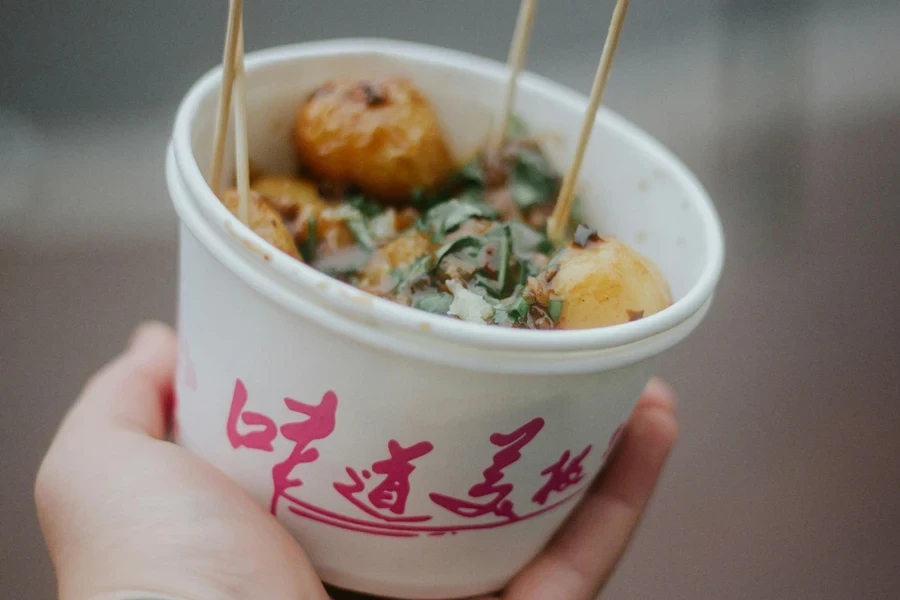
Disposable bowls offer a practical and versatile solution for modern food service demands, balancing convenience with a variety of sustainable material options. Selecting the appropriate bowl type—whether paper, compostable, or eco-friendly plastic—empowers businesses to align product choice with operational requirements and environmental commitments. As sustainability becomes an industry priority, the choice of durable, compostable, and customizable bowls can support brand reputation while meeting both functional and eco-conscious standards in a competitive market.
